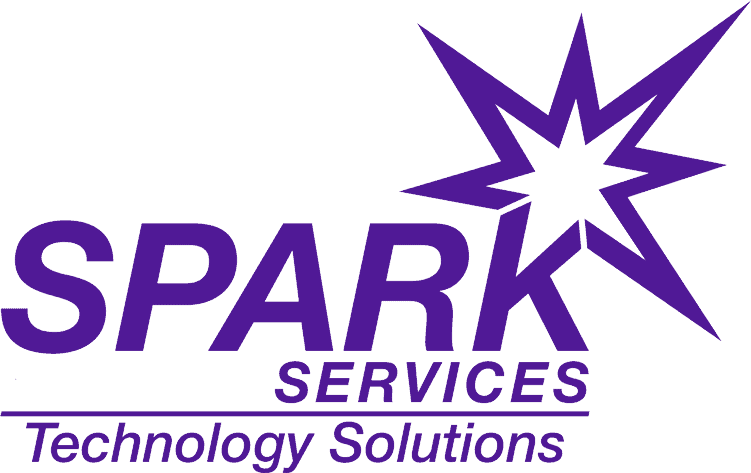In recent years, ransomware attacks have surged, becoming a severe threat to individuals, businesses, and even governmental organizations worldwide. These cyber-threats encrypt critical data, demanding ransom payments for its release, causing significant disruptions and financial losses.
The need for robust protection against ransomware has never been more critical. Understanding the strategies and tools to safeguard data is pivotal in mitigating the risks. This article will delve into effective measures and best practices to fortify your defenses against ransomware attacks.
Understanding Ransomware
Ransomware is a type of malicious software that infiltrates systems, encrypts files, and holds them captive until a ransom is paid. These attacks can occur through various vectors, such as phishing emails, compromised websites, or vulnerabilities in software and operating systems. Once inside a system, the ransomware encrypts files, making them inaccessible, and demands payment in cryptocurrencies for their decryption.
Best Practices for Ransomware Protection
1. Keep Software Updated:
Regularly updating operating systems, software, and applications is crucial in defending against ransomware. Software updates often include security patches that fix vulnerabilities that hackers could exploit.
2. Implement Robust Security Software:
Deploying reputable antivirus and anti-malware programs can significantly bolster defenses against ransomware. These tools can detect and prevent malicious software from infiltrating your system.
3. Conduct Employee Training:
Educating employees on recognizing phishing attempts and suspicious links or attachments can prevent many ransomware attacks. Training programs should focus on the importance of not clicking on unknown links or downloading attachments from untrusted sources.
4. Use Strong Passwords and Multi-Factor Authentication:
Utilizing strong, unique passwords and implementing multi-factor authentication (MFA) adds an extra layer of security. This significantly reduces the risk of unauthorized access to sensitive data.
5. Regular Data Backups:
Frequently backing up data is crucial. In the event of a ransomware attack, having recent backups allows you to restore your system without having to pay the ransom. Implement a 3-2-1 backup strategy (three copies of data, two stored on different media, and one stored offsite).
6. Network Segmentation and Access Controls:
Segmenting networks and limiting access privileges can prevent ransomware from spreading across an entire network. Controlling who can access what data reduces the attack surface and minimizes the impact of an infiltration.
7. Incident Response Plan:
Develop and regularly test an incident response plan. Having a clear set of protocols to follow in case of a ransomware attack can minimize the damage and aid in a swift recovery.
8. Use Ransomware Protection Tools:
Consider deploying dedicated ransomware protection tools that specialize in identifying and stopping ransomware attacks. These tools often use behavioral analysis and machine learning to detect unusual patterns indicative of ransomware activity.
9. Monitor and Update Security Policies:
Regularly review and update security policies to adapt to evolving threats. Keeping policies current ensures that systems are equipped to handle the latest ransomware tactics.
Conclusion
Ransomware attacks continue to pose a significant threat, but by adopting proactive measures and best practices, individuals and organizations can significantly reduce their vulnerability to such attacks. Implementing a multi-layered defense strategy that includes education, robust software, regular backups, and incident response plans is crucial.
Cybersecurity is an ongoing battle, and staying vigilant and proactive is key to safeguarding valuable data against ransomware attacks. By prioritizing security standards and staying informed about emerging threats, individuals and organizations can better protect their data and systems from malicious cyber threats like ransomware. Get your business secured with SPARKS Services.




